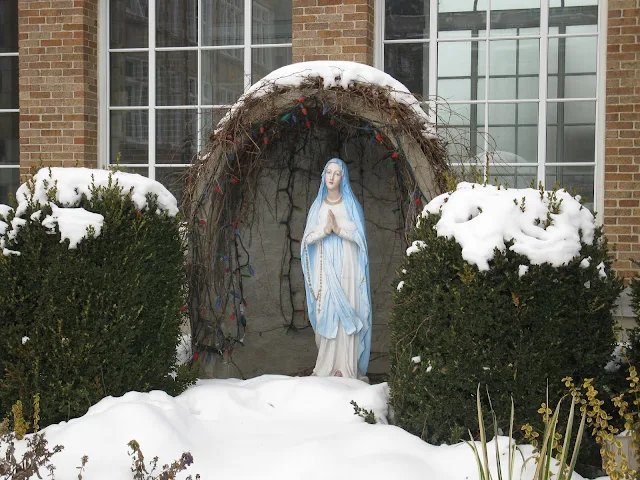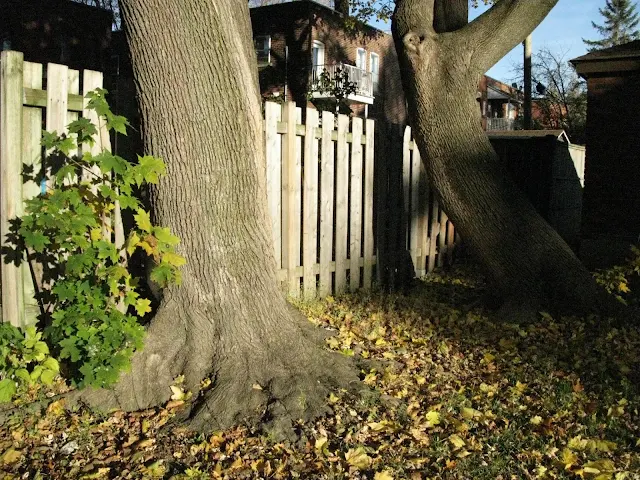Review of Janet O. Dallett's The Not-Yet-Transformed God. Nicolas-Hays, Inc. 1998.
146 pages.
By Stephen Morrissey
After hearing Janet Dallett speak before an audience of the C.G. Jung Society of Montreal last November 2001, I knew that this was an author and lecturer whose books would be important for me. Dallett's The Not-Yet-Transformed God is both engaging and moving. Indeed, as with the work of some other Jungian writers, the experience of reading Dallett's work is that it becomes a part of the reader's personal meditation, a part of the reader's life. Written from the urgency of personal insight and experience, Janet Dallett's The Not-Yet-Transformed God offers a perceptive insight into "depth psychology and the religious experience," which is the sub-title of her book.
Dallett begins with C.G. Jung's observation that "every patient over the age of 35 who had come to him for help during the preceding thirty years was suffering from a religious problem." Framing the psychological need for help as a religious problem immediately changes it; we are not then dealing with pathology but with the need for a religious perception that may transform the individual. Dallett suggests that we begin by examining what we find "numinous." Indeed, what we find numinous is an opening or a gateway into the psyche and self-understanding. She writes, "If you want to know what is numinous to you, consider what you find fascinating, compelling, thrilling, mysterious, horrifying, gripping, tremendous, terrifying, dreadful, or awesome. Think about the things with which you are preoccupied in spite of yourself."
An example of numinosity Dallett refers to is the death of Princess Diana. Many of us who previously had no interest in Princess Diana were so deeply moved by her death and funeral that we wept as though a much loved friend or family member had died. The extent of our grief suggests that something more was happening than the death of a priveleged young woman thousands of miles away. Dallett writes, "As I see it, the former princess was destroyed by the dark side of the spirit, which she let out of the bottle by leaving the royal family and setting out to live an individual life." Dallett offers a fascinating discussion of the phenomenon of Princess Diana, but since the writing of Dallett's book the horrendous events of September 11th must also be included, not only as a tragedy but also as a significant numinious experience for many people. Dallett writes that "the energy of divinity is rarely where we expect it to be." We are like Jacob in Gauguin's painting "The Vision after the Sermon" reproduced on the cover of Dallett's book. We struggle in darkness with events that seem to overwhelm us, but like Jacob, when we finally become more conscious, we discover that it is the angel or the numinous with which we are wrestling.
What is 'the not-yet-transformed God'? Dallett writes, "When he (Jung) refers to God...he means the image of God in the psyche, which at other times he calls the Self." She explains the Self more fully; Jung, she writes, "speaks of it paradoxically as both the center and the circumference of the total personality, including both conscious and unconscious aspects. The Self is an archetype that carries the numinosity of the image of God. It is often used as a synonym for the God within." When Dallett writes about God, she is always, "strictly speaking, referring to the image of God in the psyche" and "does not in any way preclude the existence of a God outside the psyche."
At some point in our lives many of us are called to reflect on the inner life, to begin the process of individuation. Dallett writes, "the instinct to individuate often appears first in a negative form: life-threatening illness, severe depression, an extramarital affair, a psychotic episode." Individuation is not only self-transformation, it is also the transformation of our concept and experience of the divine. Dallett discusses Jung's "description of historical changes in the Western God-image", moving from how "Yahweh displaced the ancient nature gods and goddesses" and later the God-image changed again by incarnating in Christ. Dallett writes, "Today, says Jung, the incarnation wants to take place in many people through the process of individuation."
In the final chapters of The Not-Yet-Transformed God Dallett gives the reader some insight into how the process of individuation takes place. She writes, "the process of individuation entails the gradual discovery, through trial and error, of exactly how much and what kind of power rightfully belongs to a particular individual, in the course of which the unconscious God-image inside becomes conscious and is tempered until it can be lived in a mature and responsible way." Helping the individual with the "gradual discovery" of the Self are Jung's important concepts of the Shadow, the complementarity of opposites, and so on. These concepts form the foundation of Dallett's discussion of individuation and it is always rewarding to hear Jung's key concepts discussed from a different author's perspective.
Janet Dallett's The Not-Yet-Transformed God is a significant book. In light of the events of September 11 we ask: How are we to live? What are we to do? Many of us can still turn for comfort to the old image of the divine, but we know that we must also look within ourselves, that we can change in a fundamental way, that we can become conscious individuals. The alternative is that "everything suppressed, repressed, denied, or simply unseen in a person will eventually come out." Dallett writes: "By carrying my portion of untransformed God-energy consciously, I believe that I remove it from the general supply, thereby reducing the collective pressure toward war, terrorism, mass murder and other out-of-control forms of violence." Every age is important, but each age feels that the urgency of change is now more pressing than any preceding it. We feel traumatized since September 11, and it is the duty of all people of good will to begin or continue the important work of individuation. The alternative, unfortunately, is a future of conflict, turmoil, and suffering.
Published: The C.G. Jung Society of Montreal Newsletter, March 2002.




























































